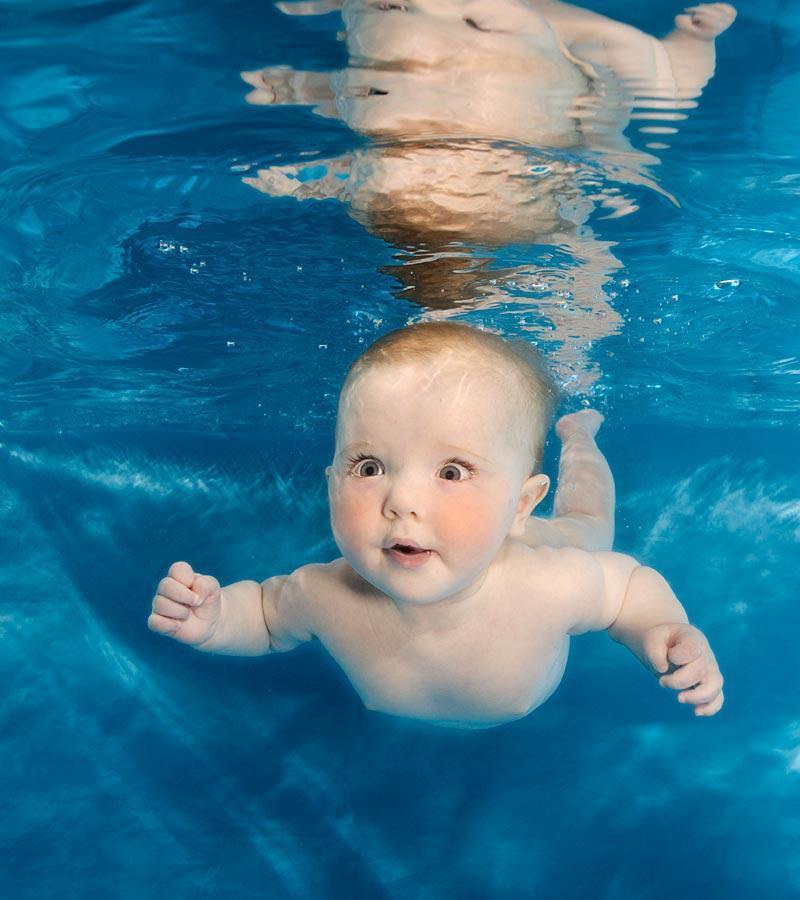
One of the very common situations which could possibly be, is exercise-induced asthma. Such situation seems to be happening every now and then when asthmatic patients go all out and do some intense exercises. As a result, many parents, or sometimes, even doctors advise the patients not to exercise, but just sit aside watching their peers or even worse, just stay at home, be "grounded" kids.
But is it really true that patients with asthma cannot exercise? Such question has gradually becoming a myth among parents, where they seriously think that their children with asthma are not encouraged to exercise, but in the contrary, they should encourage their children to go all out. But, with some precautions, of course.
Before your children or any individuals with asthma exercise, be sure that they use their puffer about 15 to 20 minutes before the adrenaline pumps in. This will prevent an asthma flare-up occurring in the middle of exercising. If you are unsure about your own circumstance, and want to lead a healthy lifestyle by exercising, this asthma action plan might come in handy. If you do not know how to fill it up, you might need your doctor's advice and you can of course ask him or her to fill it up for you.
Asthma patients who exercise generally will gain benefits such as fewer asthma symptoms, less anxious, less depressed and of course, able to enjoy a better quality of life. As the time goes by, when these asthma patients keep on exercising, the patients will become fitter, and consequently, their asthma symptoms will also be improved.










